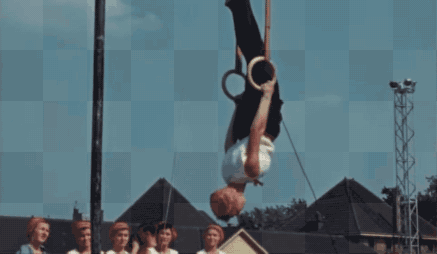A. Denmark Says BYEEEEEE
Newsflash: Copenhagen does not want your hideous mouth droplets infecting its city.
Citing monies as the primary reason, Denmark has withdrawn from hosting the 2021 World Championships, still scheduled for the fall of 2021—just a few months after the rescheduled Olympics.
At this point, the FIG still intends to keep on trucking with the event by finding a new host, and we can assume that a couple of the usual suspect cities would still be on that truck…your Bakus and your Dohas, the cities most familiar with throwing random money at hosting fan-free events. They’ve been preparing for this for years. I can’t imagine many other cities would be jumping at the chance of hosting a money pit that might not even happen, though.
But we can hope. I’m still excited by the prospect of a post-Olympic worlds where Teja Belak rolls up to become world champion on vault.
B. 30 for 30: Bela Sucks
The 30 for 30 podcast series about how much Bela sucks—or, I mean, the Karolyi system—is out now. It’s seven episodes, and I’m three episodes in so far. There’s some good stuff in here, especially at the beginning with Emilia Eberle and her teammates talking about being trained by Bela in Romania and calling him Dracula, and some juicy unpacking of all the lies Bela told about himself and his fake dockworker background.
You also…spend a lot of time in episode two hearing from Steve Nunno and Mary Lou and Mike Jacki that I didn’t want to spend, but overall I’m into it.
I tried to dredge up the screenshot of Dracula labeled “Karolyi” from the NBC documentary about Bela and Martha’s love story from 2016, but it was not my finest screenshot work. I wish that were stull available somewhere. We’ve come a long way since 2016 in terms of the content being produced about Bela.
Continue reading Things Are Happening – July 15, 2020



